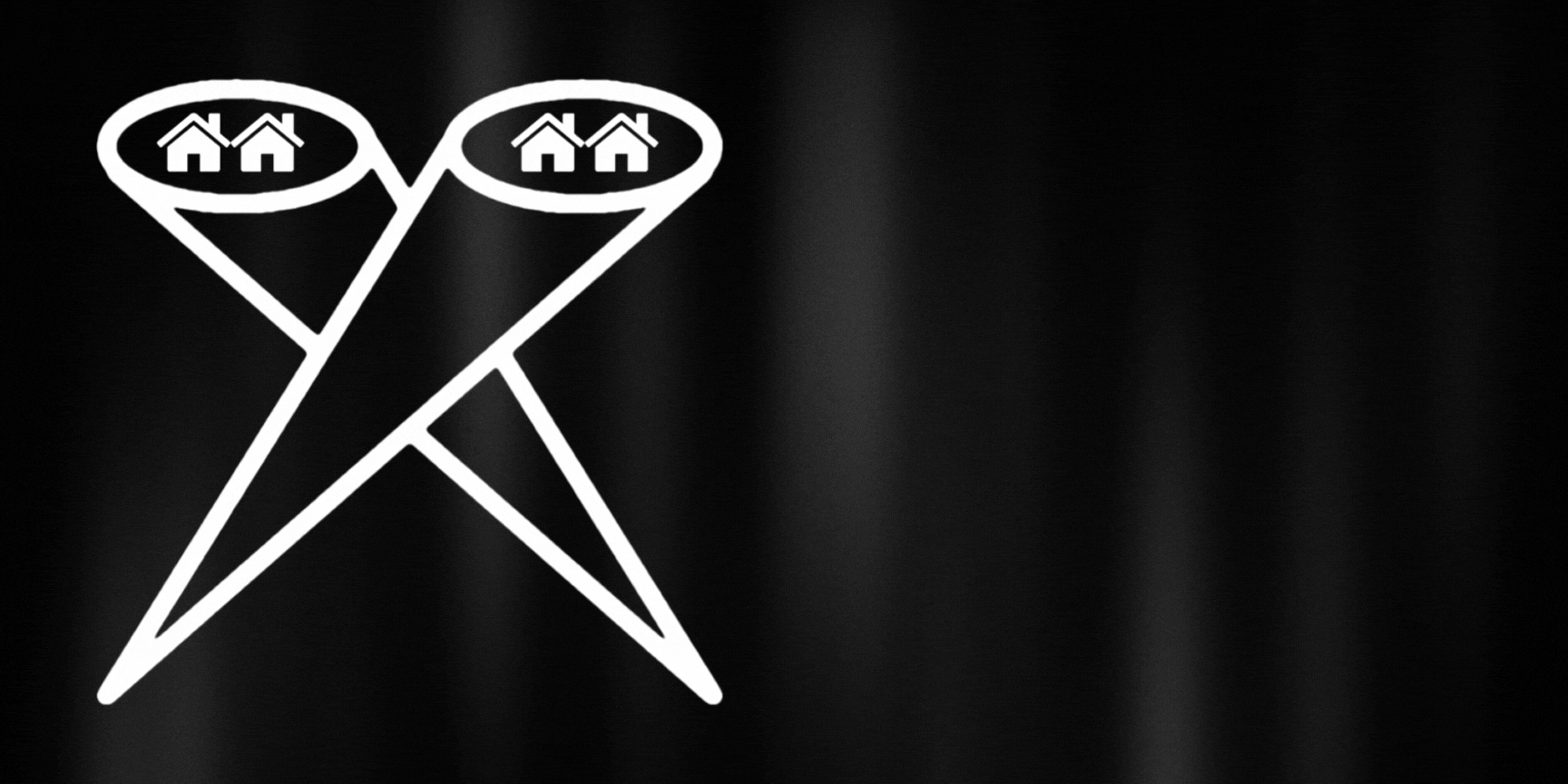Purchasing a new house is an exciting venture, but it’s essential to approach it with caution. To ensure you minimize costs and get the best deal possible, it’s crucial to be aware of potential red flags that could indicate problems after the sale has been made. Home inspections play a vital role in the house-hunting process, allowing you to identify any underlying issues that may not be immediately apparent. In this article, we will explore the five biggest red flags to spot when purchasing a new house in San Jose, California.
1. Foundation or Structural Issues
Symptoms of Foundation Problems: When inspecting a potential home, keep an eye out for any signs of foundation issues. Cracks in the foundation or walls can be a red flag, indicating possible structural problems. Small cracks may indicate minor settling, but larger cracks could be a sign of more significant structural integrity issues.
Doors and Windows: Unfit doors that are difficult to close or open may suggest underlying structural problems. Check if the doors fit squarely in their doorframes, as this can provide insight into the overall condition of the house’s foundation.
2. Pest/Insect Problems
Wood Destruction: Pests such as termites, powder post beetles, and carpenter ants can cause significant damage to a home. While it may be challenging to spot these pests during a quick walkthrough, it’s essential to keep an eye out for any signs of wood destruction, such as hollow-sounding timber or small holes in wooden structures.
Professional Inspection: Consider hiring a professional pest inspector to thoroughly examine the property for any signs of infestation. They have the expertise and tools to detect hidden pest problems that may not be immediately visible.
3. Freshly Painted Walls
Covering Up Problems: Freshly painted rooms can make a property feel clean and inviting. However, if you notice that only one wall or a specific area of a room looks freshly painted, it could be a red flag. This selective repainting may indicate an attempt by the seller to cover up an underlying issue.
Ask Questions: When you come across freshly painted areas, don’t hesitate to ask the seller or real estate agent about the reason behind it. Their response can provide valuable insights into any potential problems that may have been concealed.
4. Amateur Workmanship or Repairs
Previous Homeowner Repairs: The age of a home or the length of time the previous homeowner lived there can often lead to a history of repair work. Amateur repairs, particularly in areas such as plumbing, carpentry, and electrical work, can be a red flag. Look out for signs of leaky faucets, missing trim work, or other potential DIY projects during your home inspection.
Professional Assessment: Consider hiring a professional home inspector to thoroughly assess the quality of any previous repairs or renovations. They can provide an unbiased evaluation of the workmanship, highlighting any areas that may require further attention.
5. Neighborhood Condition
Importance of Neighborhood: When purchasing a home, it’s vital to consider not only the property itself but also the neighborhood in which it is located. A seemingly perfect house may not be as desirable if the surrounding area is in poor condition. Evaluating the neighborhood can provide insights into future property value and your overall living experience.
Vacant Lots and Boarded-up Houses: Take note of the number of vacant lots and boarded-up houses in the area. A high concentration of these can indicate a declining neighborhood. These factors can impact your quality of life and potentially affect the resale value of your property in the future.
Crime Rate: Research the crime rate in the specific area of San Jose where the house is located. Determine whether the crime rate is increasing or decreasing, as this can provide valuable information about the safety and security of the neighborhood. Higher crime rates may negatively impact your long-term satisfaction with the property.
In conclusion, when purchasing a new house in San Jose, it’s essential to be vigilant and aware of the red flags that could indicate potential problems. Foundation or structural issues, pest and insect problems, freshly painted walls, amateur workmanship or repairs, and the condition of the neighborhood are all critical factors to consider during the home-buying process. By conducting thorough inspections and seeking professional guidance when necessary, you can make an informed decision and ensure a smooth and successful home purchase in San Jose.



